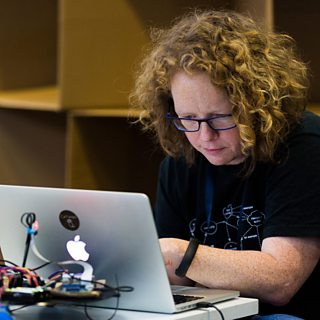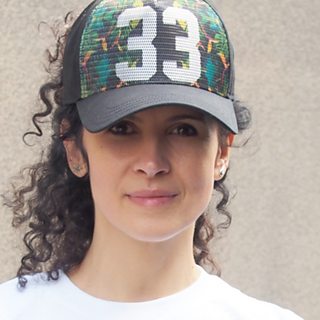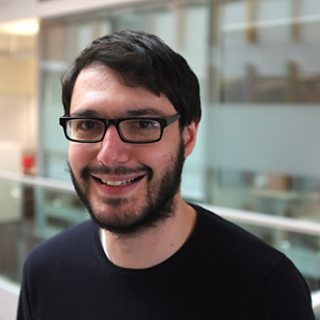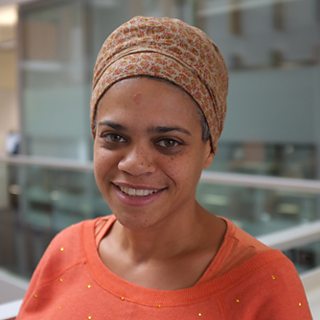Better Radio Experiences is a short project to invent novel audio experiences that address underlying needs and wants of a young audience, using technologies, services and ideas developed in 成人快手 R&D.
Project from 2017 - 2018
What we are doing
We're building physical prototypes to demonstrate how some of our audio-related technologies can be used to address the needs of young people. We're taking a three-part approach, extending and improving the way we worked in our complimentary project on TV interfaces, Tellybox:
- Start with a small group of users and find out how they use radio and sound and why
- Work with artists and other creative people to develop ideas with the users themselves
- Create physical objects which represent the outcome of this process, and evaluate them.
Why it matters
There are many exciting technologies being developed in R&D that involve processing sound in our Audio Research workstream. There are many more ideas and technologies that can be applied to sound, for example object-based media and .
Our task is to make large imaginative leaps to bridge the gap between these technologies and the people who might use them.
Outcomes
The outcomes of the project will be twofold:
- New ideas for R&D and the wider 成人快手 to build
- New approaches to help us generate more of these kinds of ideas
How it works
We're using four principles:
First, we start with people - using in-depth interviews, diary studies and workshops first to try and work out what people are really trying to do when they listen to the radio or music. We're using their experiences as a springboard for ideas. We always have a voice on the team for those users as we develop prototypes.
Second, we make things. Ideas are cheap, but figuring out what to build is hard. Ideas embodied as physical objects give us the best, most engaged evidence about which to work with further and which to discard.
Third, we evaluate many ideas. Whole branches of potential might be curtailed if we polish our ideas too soon and bet on one branch.
Fourth, we get different opinions. Showing the results to people like ourselves doesn't tell us anything we don't already know.
The project uses an for creating radio-like experiences. Using it, anyone with Javascript and HTML skills can build new radio-like "apps", which can then be run on a laptop or on a Raspberry Pi. This particular combination is incredibly powerful, as it gives us all the power and expressiveness of Web technology (standards-based, huge pool of people able to develop for it, fast to develop for, vast number of features and libraries) with the power and extensibility of the Raspberry Pi (cheap, fun, large community, easily extensible to experiment with different interactions such as touch, gesture, speech, movement, lights and sounds).
Since the apps can be run on a Pi, we can quickly create physical objects which embody the idea, like an iPlayer radio app for a physical radio, but using any browser-based technology.




